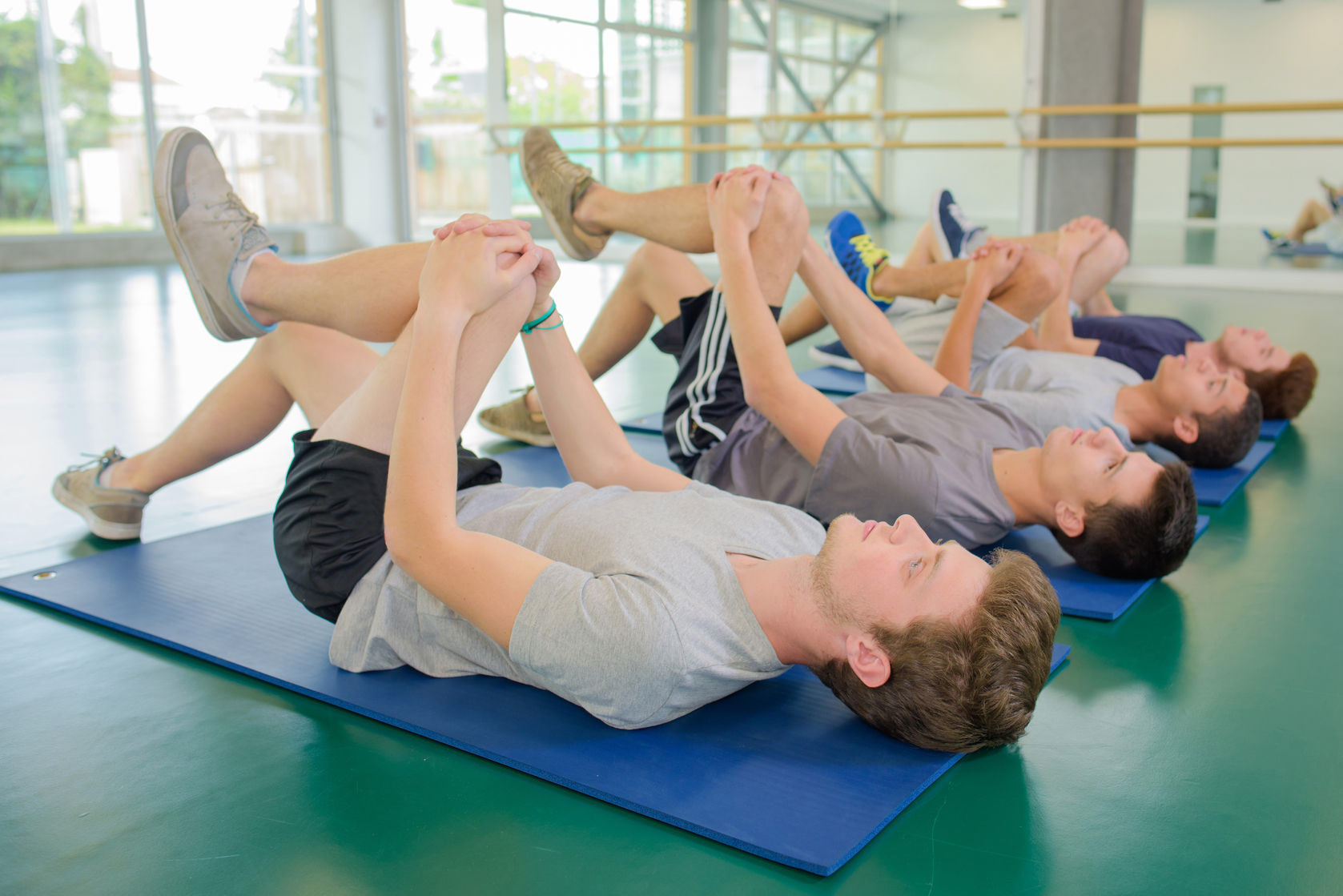Sciatica is one of those conditions that can make everyday life uncomfortable, if not downright miserable. It happens when the sciatic nerve—the largest and longest nerve in the human body—gets irritated or compressed. Since this nerve runs from the lower back all the way down to the feet, the pain often spreads from the back into the legs, sometimes even reaching the toes. If you’ve been told that exercise might help but you’re unsure where to start, the good news is that you don’t need an intense workout routine. In fact, three simple movements, when done safely and consistently, may provide real relief for your sciatica symptoms.

1. Seated Spinal Twist
One of the most effective stretches for sciatica is the seated spinal twist. This movement specifically targets the lower back and glutes, two common areas where pressure on the sciatic nerve builds up. By gently twisting the spine, you release tension and improve circulation, which can reduce irritation.
How to do it:
Sit comfortably on the floor with your legs extended. Cross the leg on the painful side over the other leg so that your foot rests on the floor. Take the opposite arm and place it on the outside of your bent knee. Slowly twist your upper body toward the bent leg, keeping your back straight. Hold the stretch for about 15 seconds while taking slow, steady breaths. When finished, release gently and repeat on the other side if needed.
2. Knee-to-Chest Stretch
This simple move is great for easing lower back pain while also stretching the hips. Many people with sciatica find this position especially soothing because it helps relax the muscles that often contribute to nerve compression.
How to do it:
Lie flat on your back with both knees bent. Keeping one foot on the floor, bring the other knee up toward your chest. Use both hands to gently pull the knee closer, holding it for around 20 seconds. You should feel a gentle stretch in your lower back and hip. Switch legs and repeat. For best results, do this stretch two to three times on each side.
3. Cat-Cow Stretch
Borrowed from yoga, the cat-cow stretch is a gentle but powerful way to improve spinal flexibility and release built-up tension. By moving through both arching and rounding positions, this exercise creates space in the spinal column, which can reduce pressure on the sciatic nerve.
How to do it:
Begin on your hands and knees in a tabletop position. As you inhale, drop your belly, lift your chest, and arch your back slightly—this is the cow pose. As you exhale, tuck your chin, round your spine, and push through your hands—this is the cat pose. Flow slowly between these two positions for about 30 seconds, focusing on smooth breathing and gentle movements.

Important Safety Tips
While these stretches are safe for most people, it’s always smart to check with your doctor before starting a new exercise routine, especially if you’re dealing with sciatica. The key is to move gently and avoid pushing your body into positions that cause sharp or severe pain. These exercises are meant to ease discomfort, not worsen it.
If you practice them regularly, you may notice a decrease in pain and an improvement in mobility. Consistency is important—just a few minutes a day can make a difference over time.
Living with sciatica can feel overwhelming, but incorporating these easy stretches into your daily routine may help restore comfort and give you back some control over your body. When paired with proper medical guidance, these movements could be the first step toward feeling like yourself again.





